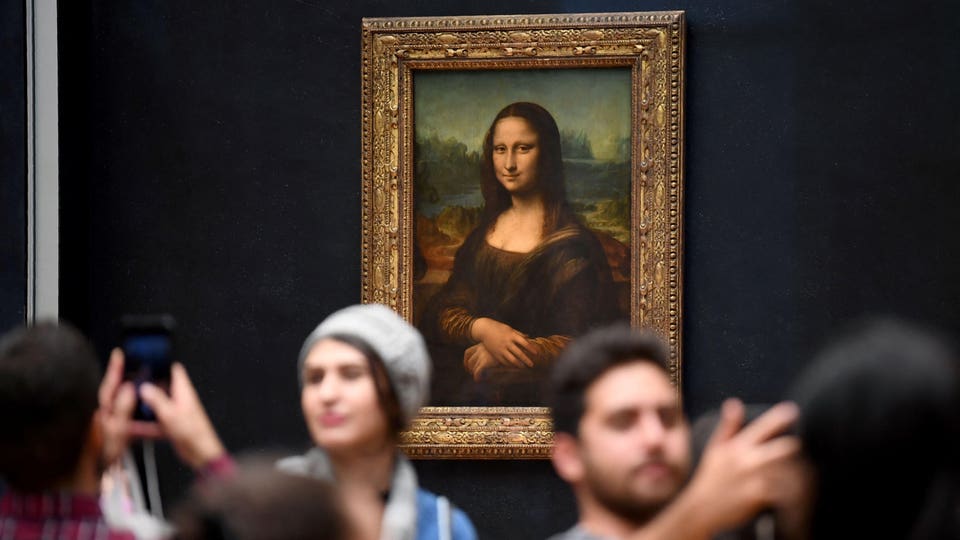Forbes Innovation Science Science Reveals Another Secret Of Da Vinci’s ‘Mona Lisa’ Leslie Katz Contributor Opinions expressed by Forbes Contributors are their own. I write about the intersection of art, science and technology. Following Oct 11, 2023, 08:07pm EDT | Press play to listen to this article! Got it! Share to Facebook Share to Twitter Share to Linkedin Visitors to Paris’ Louvre Museum snap pictures in front of Leonardo da Vinci’s “Mona Lisa.
” AFP via Getty Images A tiny sample from a hidden corner of Leonardo da Vinci’s “Mona Lisa” has revealed a big secret. The famously experimental artist painted the 16th century portrait using a lead compound not previously detected in Italian Renaissance paintings. Using X-rays and infrared spectroscopy to analyze the chemical composition of da Vinci’s paint mixture, scientists in France and Britain examined microscopic fragments from the “Mona Lisa” and “Last Supper,” another of the artist’s most well-known works.
According to a study published Wednesday in the Journal of the American Chemical Society , the team discovered evidence not only of white lead pigment and oil in the layer beneath the artwork, but of lead oxide, an orange pigment that helped paint dry, and make it thicker. Many paintings of da Vinci’s time, including the “Mona Lisa,” were painted on wooden panels. The study concludes that the artist, also an engineer, likely added the lead oxide to create an opaque preparatory undercoat thick enough to cover the wood.
The research reflects the continued fascination with the famous painting, considered an archetypal masterpiece of the Italian Renaissance. Painters including 17th century master Rembrandt van Rijn are known to have added lead oxide to their pigments, but evidence of the technique hadn’t surfaced before now in paintings from the earlier time of da Vinci, who lived from 1492 through 1519. Researchers led by Victor Gonzalez, a chemist at France’s top research body, the CNRS, scoured da Vinci’s manuscripts to confirm the long-held hypothesis that the artist added lead oxide to his paint mixture, but they didn’t spot any solid references.
Then, a eureka moment: They discovered a lead mineral called plumbonacrite in the first layer of paint from the polymath’s artworks. They believe a chemical interaction between the oil and the lead oxide caused the plumbonacrite to form. MORE FOR YOU The discovery attests “to Leonardo’s spirit of passionate and constant experimentation as a painter,” Carmen Bambach, a specialist in Italian art at New York’s Metropolitan Museum of Art, told the Associated Press .
“It is what renders him timeless and modern. ” The “Mona Lisa” has been the subject of more scrutiny than practically any other painting. Past researchers have studied the subject’s lips and the muscles of her upper face to try to determine what her enigmatic smile might be conveying.
They’ve also debunked the idea that Mona Lisa’s eyes track viewers as they move in front of the painting. In digging deeper into how da Vinci formulated his palette, researchers have demonstrated that there are still mysteries left to mine. Follow me on Twitter or LinkedIn .
Leslie Katz Editorial Standards Print Reprints & Permissions.
From: forbes
URL: https://www.forbes.com/sites/lesliekatz/2023/10/11/scientists-uncover-another-secret-of–da-vincis-mona-lisa/
